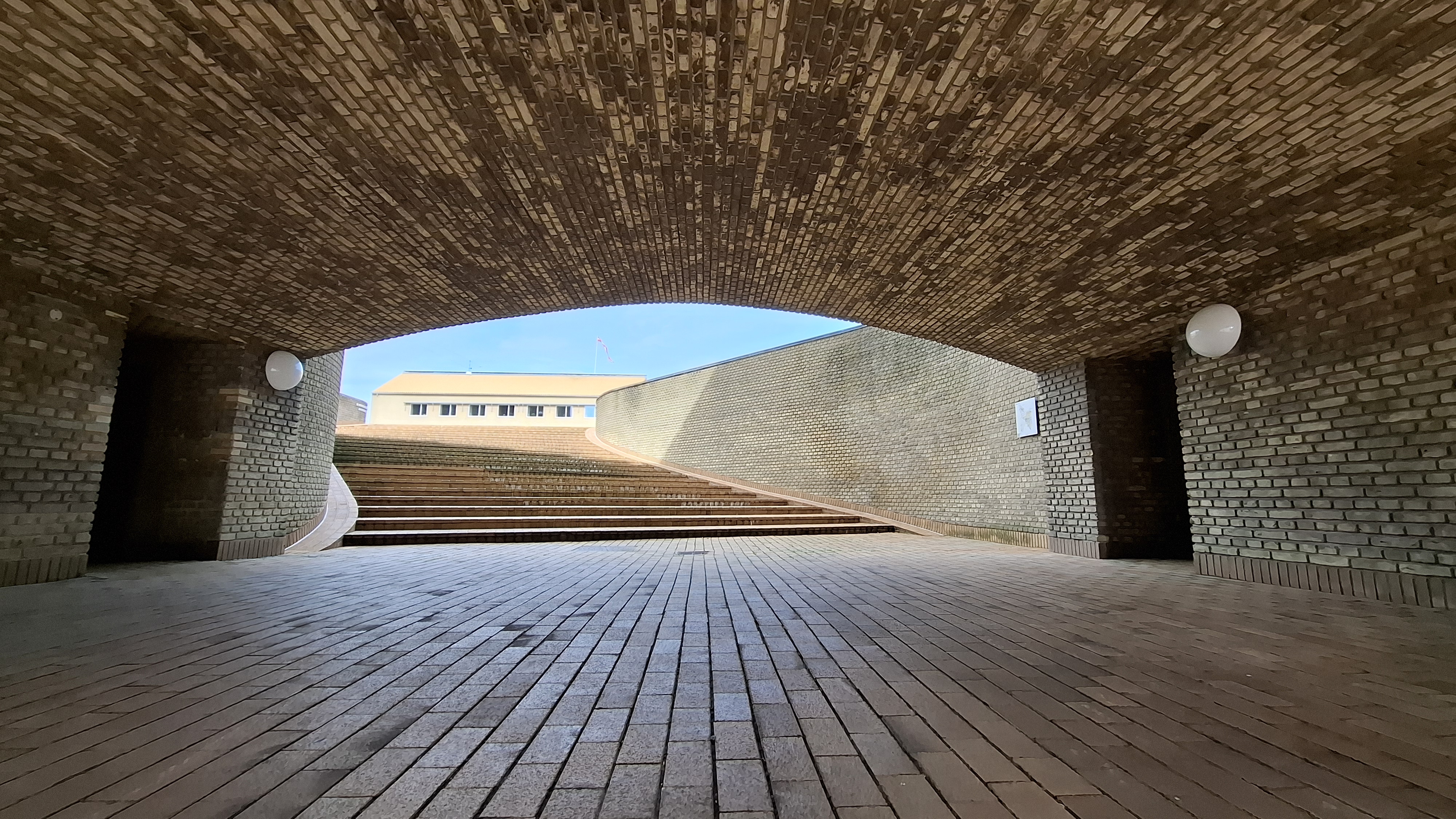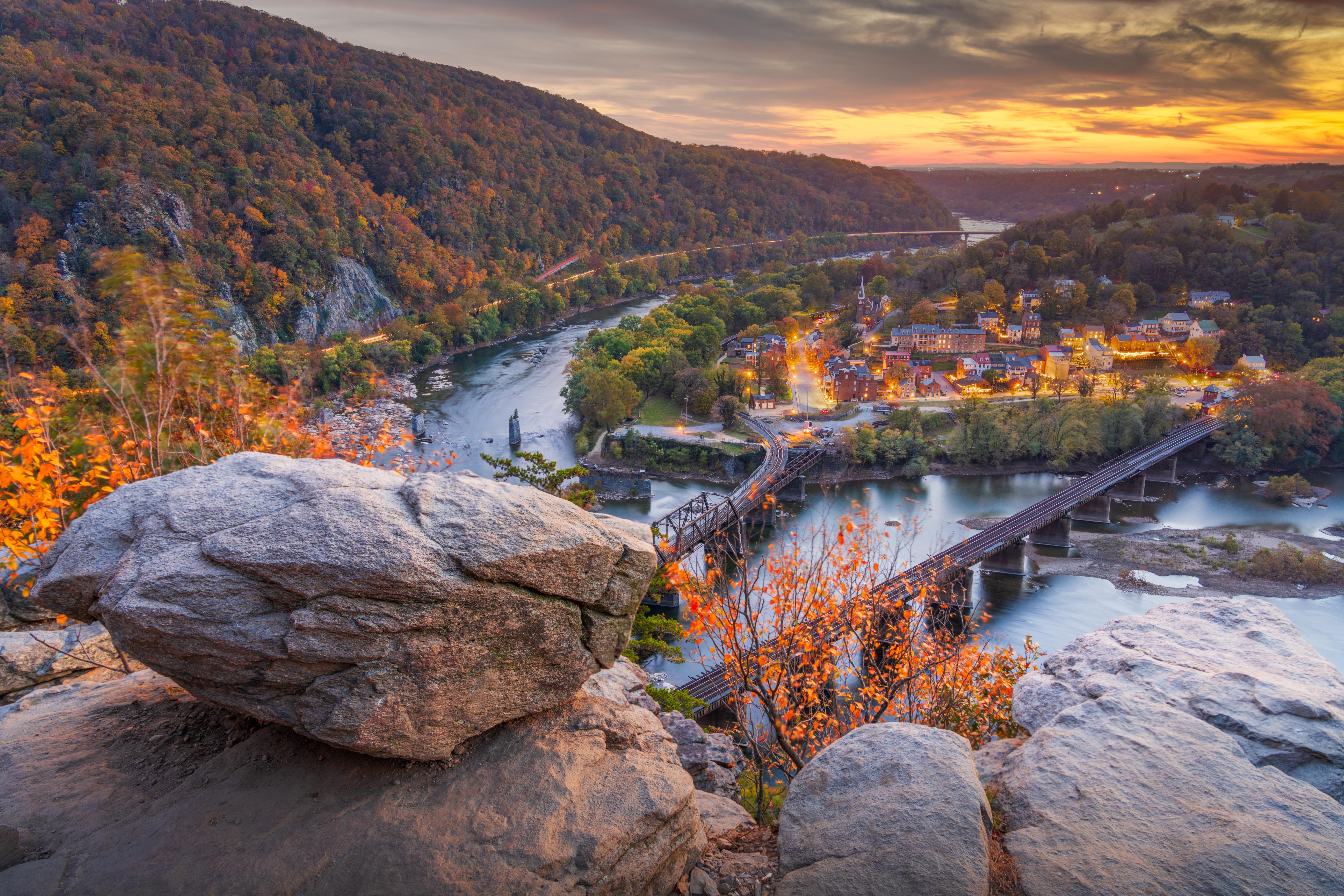The 7 New "Second Cities" That Will Replace the Tourist Traps in 2026
As the world becomes increasingly interconnected and global travel continues to surge, traditional tourist hotspots are facing the pressures of overcrowding and environmental degradation. By 2026, a new trend is set to redefine the travel industry: the rise of "second cities." These are lesser-known urban areas that offer rich cultural experiences, historical significance, and unique attractions without the overwhelming crowds. This shift is driven by a growing demand for authentic experiences and sustainable tourism practices. In this article, we explore seven emerging second cities poised to become the next big destinations, offering travelers fresh alternatives to the well-trodden paths.
Porto, Portugal: The New Lisbon

Porto, with its stunning Douro River views and historic Ribeira District, is fast becoming a favorite among travelers seeking an alternative to Lisbon's bustling streets. Known for its port wine, Porto offers a blend of ancient architecture and modern vibrancy. The city’s cultural scene is thriving, with an array of galleries, music festivals, and culinary delights that rival the capital. The local government has invested in sustainable tourism initiatives, making Porto an attractive destination for eco-conscious travelers. As tourists seek more intimate and authentic experiences, Porto's charm and accessibility are set to elevate its status as a must-visit second city by 2026.
Valencia, Spain: Beyond Barcelona
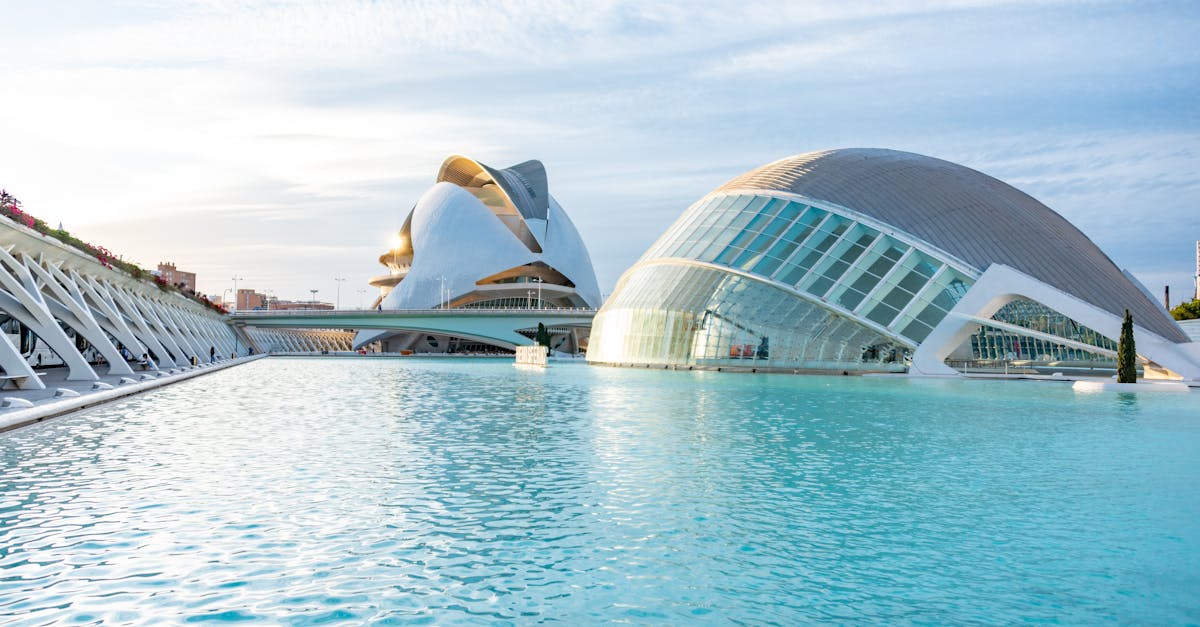
While Barcelona attracts millions with its iconic architecture and beaches, Valencia offers a quieter yet equally captivating experience. Known for its futuristic City of Arts and Sciences, vibrant festivals like Las Fallas, and the birthplace of paella, Valencia is a cultural gem. The city’s commitment to green spaces and sustainable urban planning has made it a leader in eco-friendly tourism. With its Mediterranean climate and rich history, Valencia provides a perfect blend of relaxation and exploration. As travelers seek alternatives to Barcelona's crowded streets, Valencia is poised to become a top destination for those looking to immerse themselves in Spanish culture.
Krakow, Poland: The Heart of Central Europe
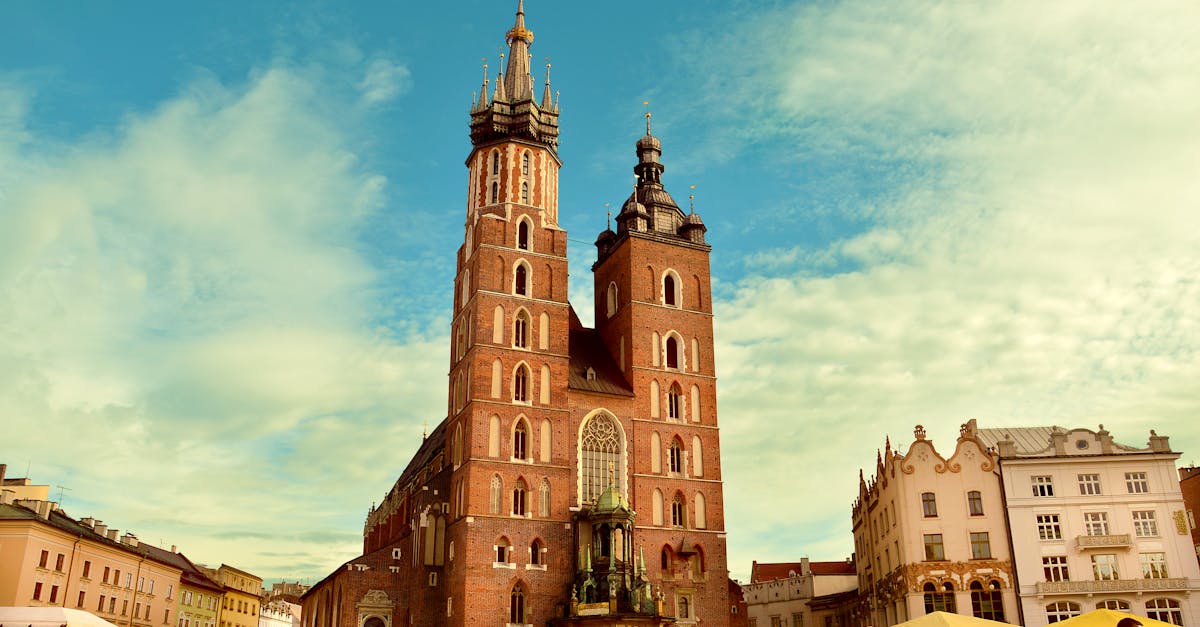
Krakow, with its medieval charm and deep historical roots, is emerging as a prime destination for those looking to explore Central Europe beyond Prague. The city is home to the stunning Wawel Castle, the haunting history of Auschwitz, and a vibrant arts scene. Krakow's Old Town is a UNESCO World Heritage site, offering a glimpse into Poland's rich past. The city has embraced sustainable tourism, focusing on preserving its historical sites while promoting cultural events. As tourists seek deeper connections with the places they visit, Krakow's blend of history, culture, and sustainability makes it a compelling choice for travelers in 2026.
Bologna, Italy: Italy's Culinary Capital

While Rome and Florence draw the crowds, Bologna is quietly making a name for itself as Italy's culinary capital. Known for its rich cuisine, including tagliatelle al ragù and mortadella, Bologna offers a feast for the senses. The city’s well-preserved medieval architecture and vibrant student population contribute to its lively atmosphere. Bologna's commitment to slow food and local produce aligns with the growing trend of sustainable travel. With its mix of history, culture, and gastronomy, Bologna is set to attract travelers looking for an authentic Italian experience without the tourist hordes, making it a top second city to watch.
Ghent, Belgium: The Alternative to Bruges

As Bruges faces the challenges of overtourism, Ghent offers a refreshing alternative with its medieval architecture and vibrant cultural scene. Known for its stunning cathedral, lively arts community, and picturesque canals, Ghent combines the charm of a small town with the energy of a city. The local government has implemented innovative measures to promote sustainable tourism, including eco-friendly transportation options and cultural festivals. Ghent's commitment to preserving its heritage while embracing modernity makes it an attractive destination for travelers seeking a more authentic Belgian experience. By 2026, Ghent is expected to be a leading second city for those exploring Belgium beyond the usual spots.
Chiang Mai, Thailand: Beyond Bangkok

Chiang Mai, nestled in the mountains of northern Thailand, offers a serene escape from Bangkok's bustling streets. Known for its hundreds of temples, vibrant night markets, and lush landscapes, Chiang Mai provides a unique blend of cultural and natural attractions. The city has become a hub for digital nomads and eco-tourism, with initiatives focused on sustainable living and community engagement. As travelers seek more meaningful and immersive experiences, Chiang Mai's emphasis on mindfulness and local culture positions it as a top second city in Southeast Asia. By 2026, Chiang Mai is expected to draw visitors seeking tranquility and authenticity.
Medellín, Colombia: The New Bogotá
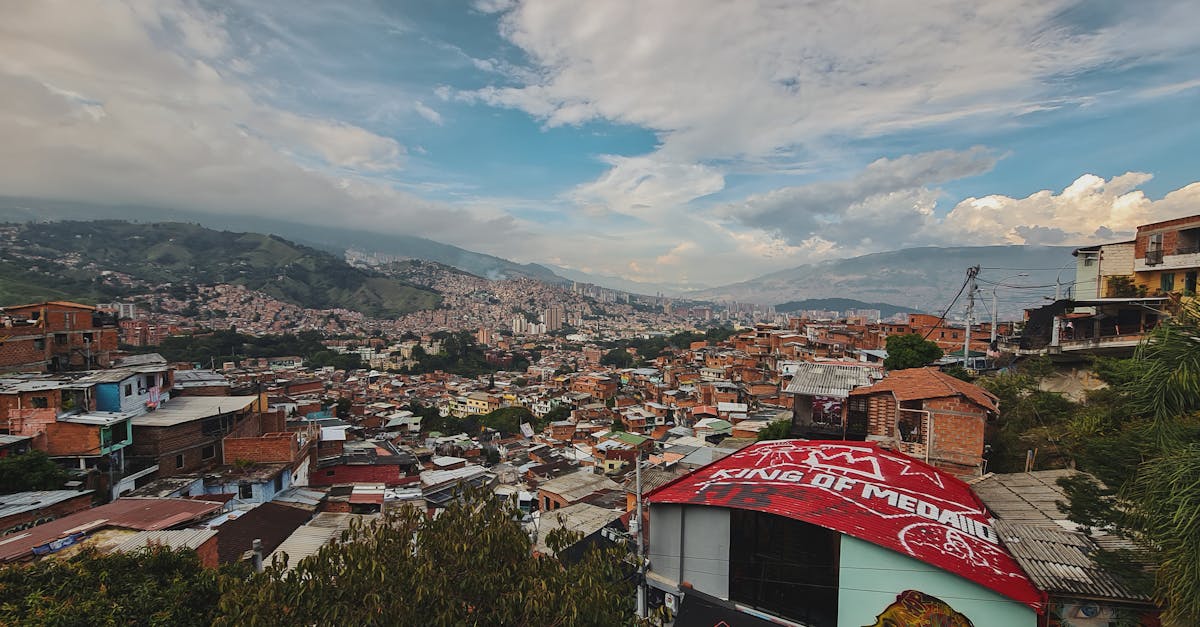
Once infamous for its turbulent past, Medellín has transformed into a vibrant and innovative city, offering an enticing alternative to Bogotá. Known for its pleasant climate, lush green spaces, and dynamic cultural scene, Medellín has become a symbol of urban renewal. The city’s commitment to social innovation and sustainability has earned it international recognition. With attractions like the Medellín Flower Festival and the innovative Metrocable system, Medellín provides a unique blend of tradition and modernity. As travelers look for destinations that offer both adventure and cultural depth, Medellín is set to become a key player in the second city movement by 2026.
Embracing the Future of Travel

The rise of second cities represents a significant shift in the travel industry, driven by a desire for authentic experiences and sustainable practices. As travelers become more conscious of their impact on the environment and local communities, these emerging destinations offer a compelling alternative to traditional tourist traps. By 2026, cities like Porto, Valencia, Krakow, Bologna, Ghent, Chiang Mai, and Medellín will redefine the travel landscape, offering unique cultural experiences without the drawbacks of overtourism. Embracing these second cities not only enriches the travel experience but also supports the preservation and growth of diverse cultures worldwide.




